The UK Overseas Territories in total contain around 90% of the UK’s recorded biodiversity. The Territories that are partnered with the Blue Belt Programme range from Antarctica to the sub-tropical pacific and beyond.
The Marine Protected Areas (MPAs) of the Territories are vast and combined cover over 1% of global oceans, demonstrating the significant impact they are having in tackling the major challenges facing the marine environment.
You can find out more about each of the Territories partnered with Blue Belt below
Ascension Island sits within the South Atlantic and is home to globally important marine life, including green turtles and large predators. In 2019, the Ascension Island Council designated one of the largest MPAs in the world which covers their entire Exclusive Economic Zone (EEZ) of over 440,000 square kilometres.
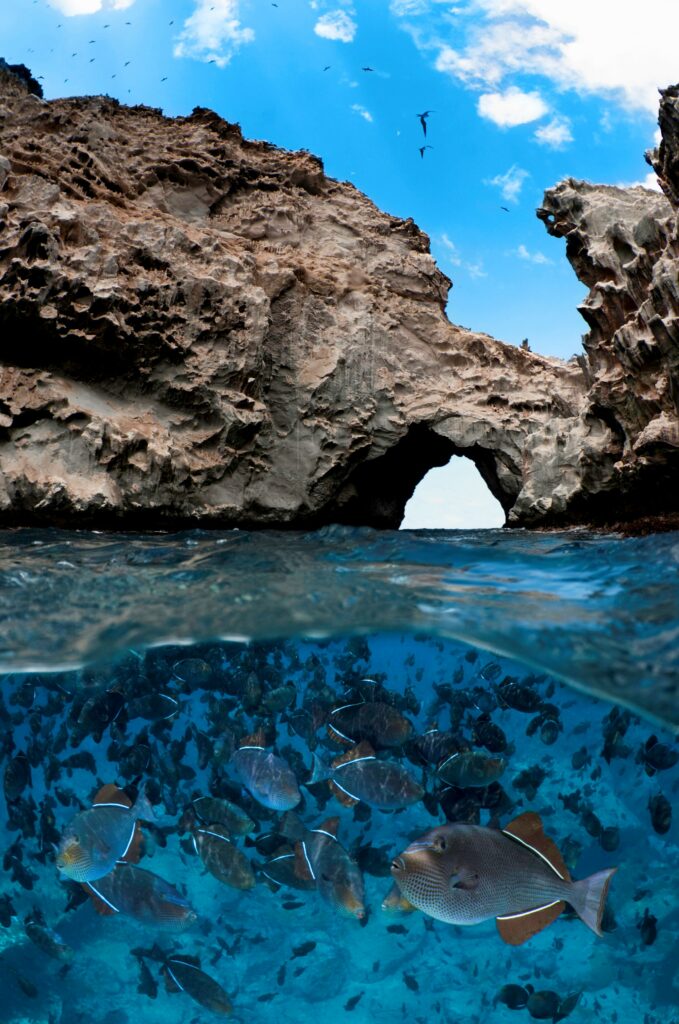
The waters around the British Antarctic Territory (BAT) are amongst the most productive in the Southern Ocean, supporting large populations of krill, which feed larger predators, like baleen whales, penguins and seals.
South Georgia & the South Sandwich Islands (SGSSI) is a sub-Antarctic archipelago in the Atlantic sector of the Southern Ocean. The MPA, established in 2012 and enhanced in 2019, covers over 1.2 million square kilometres and is home to exceptional wildlife including vast penguin colonies, elephant seals and migrating whales.
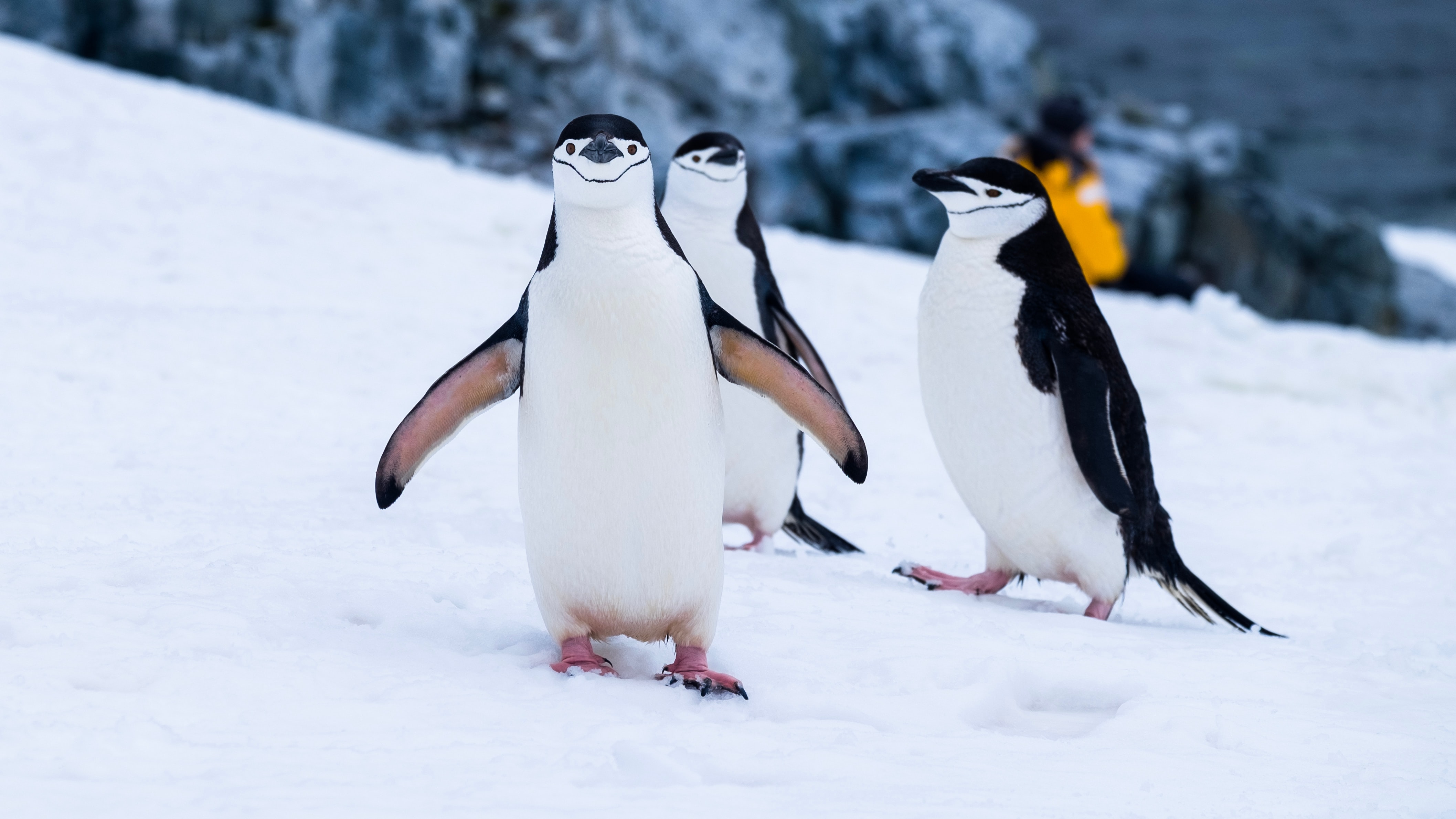
St Helena is an oceanic island located in the tropical South Atlantic. The island’s sustainable use MPA, established in 2016, encompasses its entire EEZ – over 440,000 square kilometres. St Helena’s waters support a range of marine life including endemic and migratory species such as butterfly fish and whale sharks.
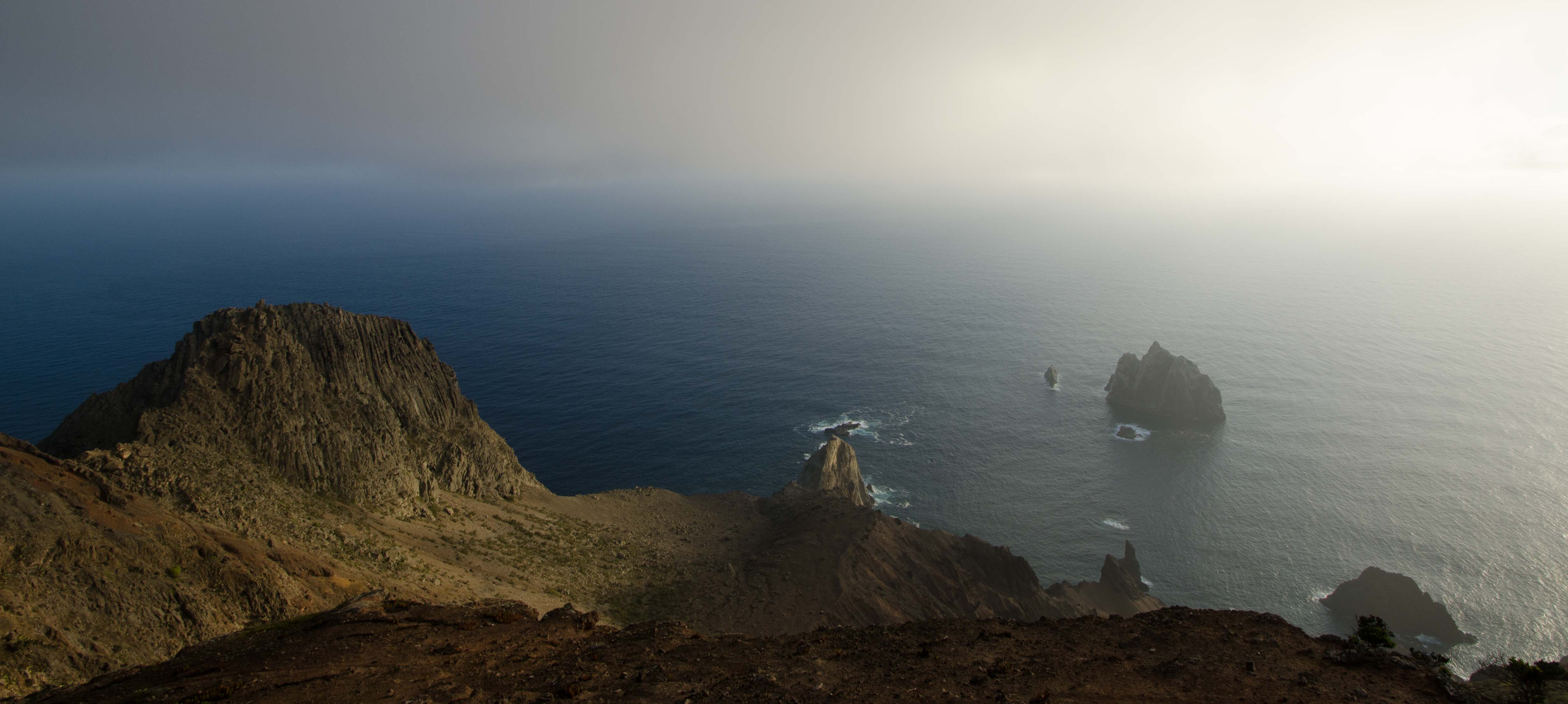
Tristan da Cunha is an isolated archipelago in the South Atlantic, home to the world’s most remote human settlement. Comprised of four main islands, its Marine Protection Zone (MPZ) covers around 700,000 square kilometres and was designated in 2020, making headlines across the world! Many species in Tristan’s productive waters are endemic and depend on its environment.
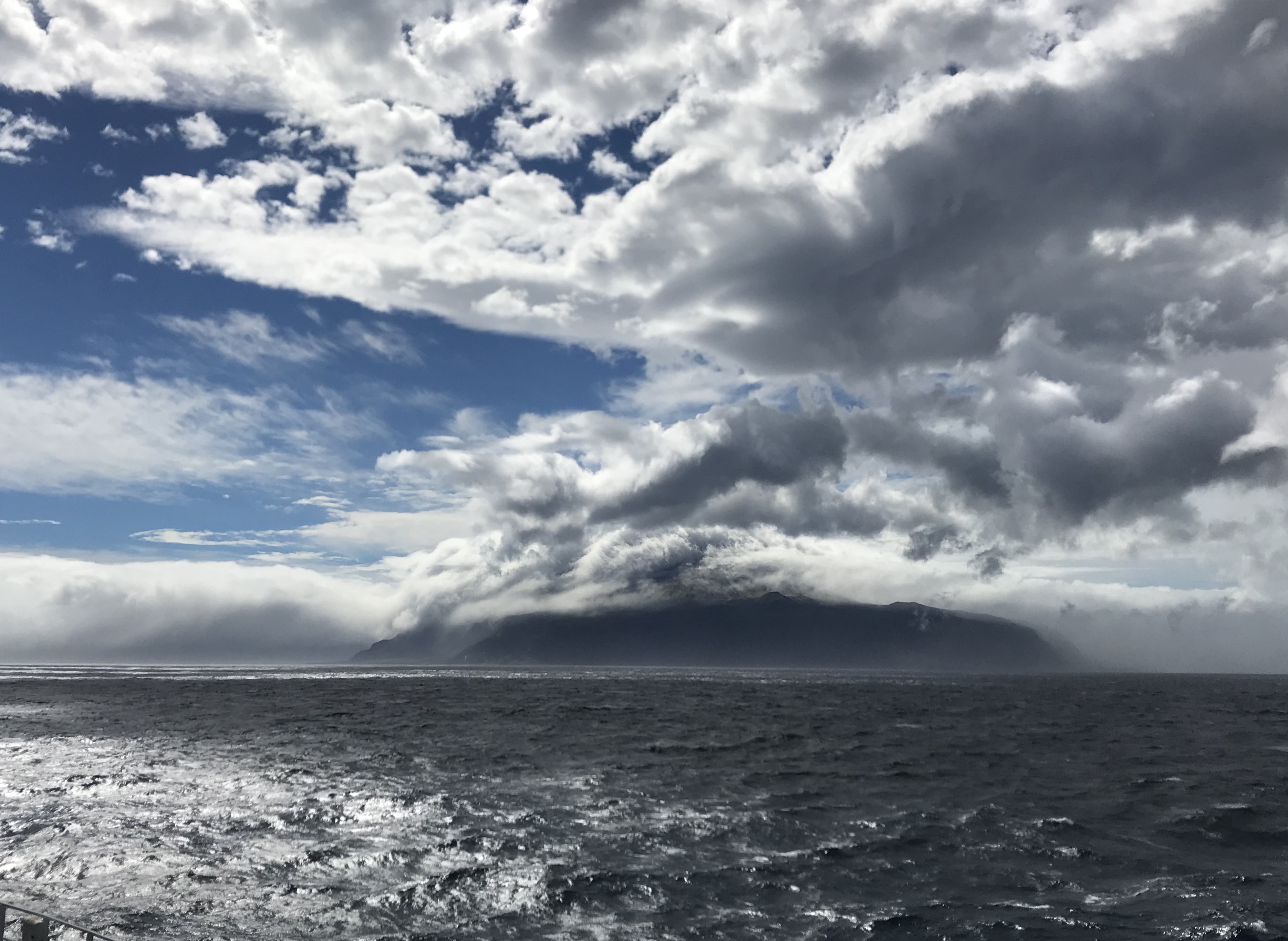
The Turks & Caicos Islands in the Caribbean is home to the third largest barrier reef on earth, and one of the finest in the Caribbean, hosting a plethora of soft and hard corals, and a wide range of marine species – from reef sharks to parrot fish. These reefs are of huge importance both ecologically and economically for TCI.
The Pitcairn Islands are in the South Pacific Ocean with one of the largest EEZs in the world and are home to a range of biodiversity from hundreds of species of fish to exceptionally preserved coral ecosystems. Home to around 50 people, the four islands are surrounded by a no-take Marine Protected Area covering over 830,000 square kilometres.
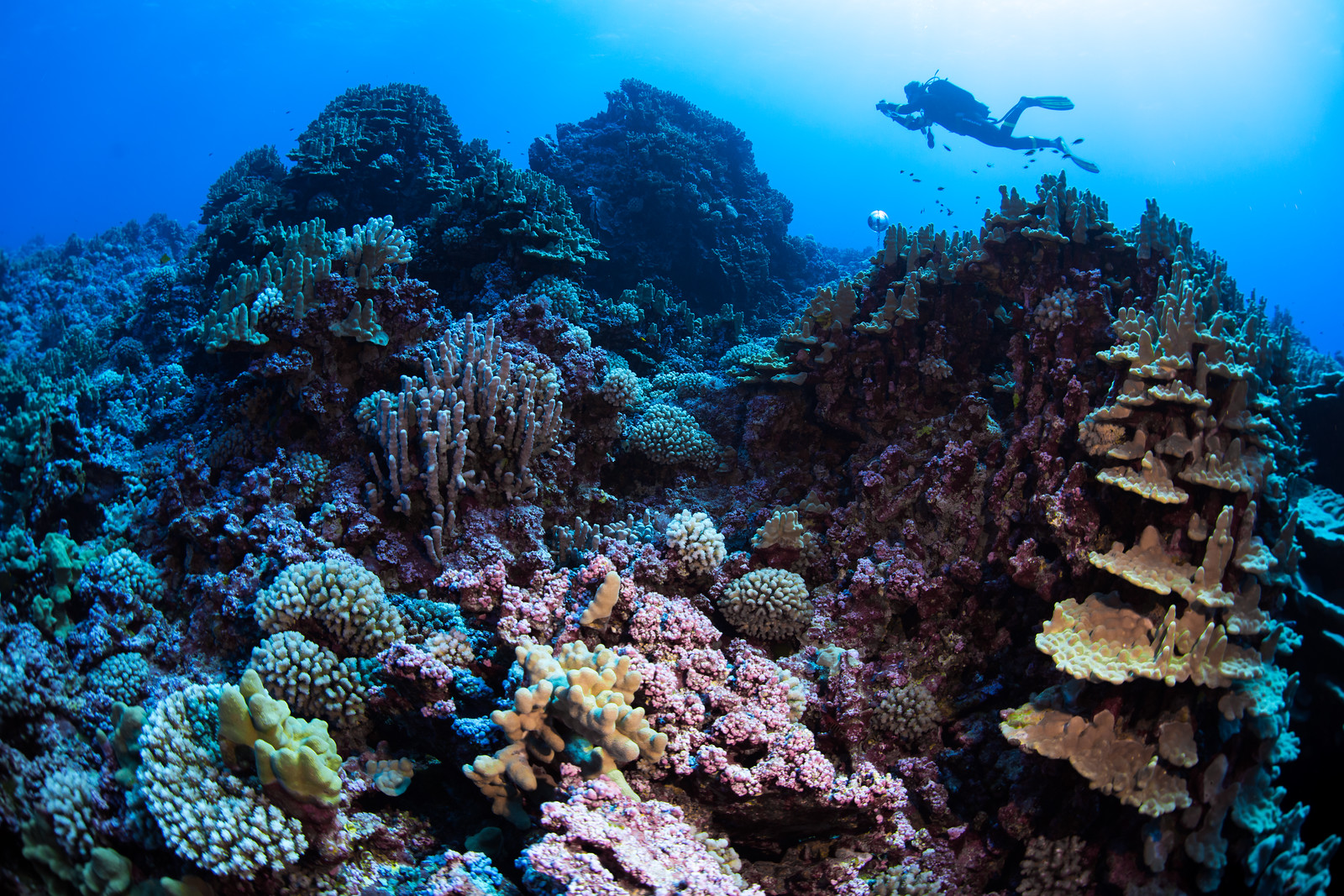
The British Indian Ocean Territory (BIOT) is in the central Indian Ocean surrounded by a 640,000 square kilometre maritime zone. BIOT’s small islands and atolls support globally significant biodiversity. A no-take Marine Protected Area was declared in BIOT in 2010, with a low level of recreational fishing allowed in the territory.
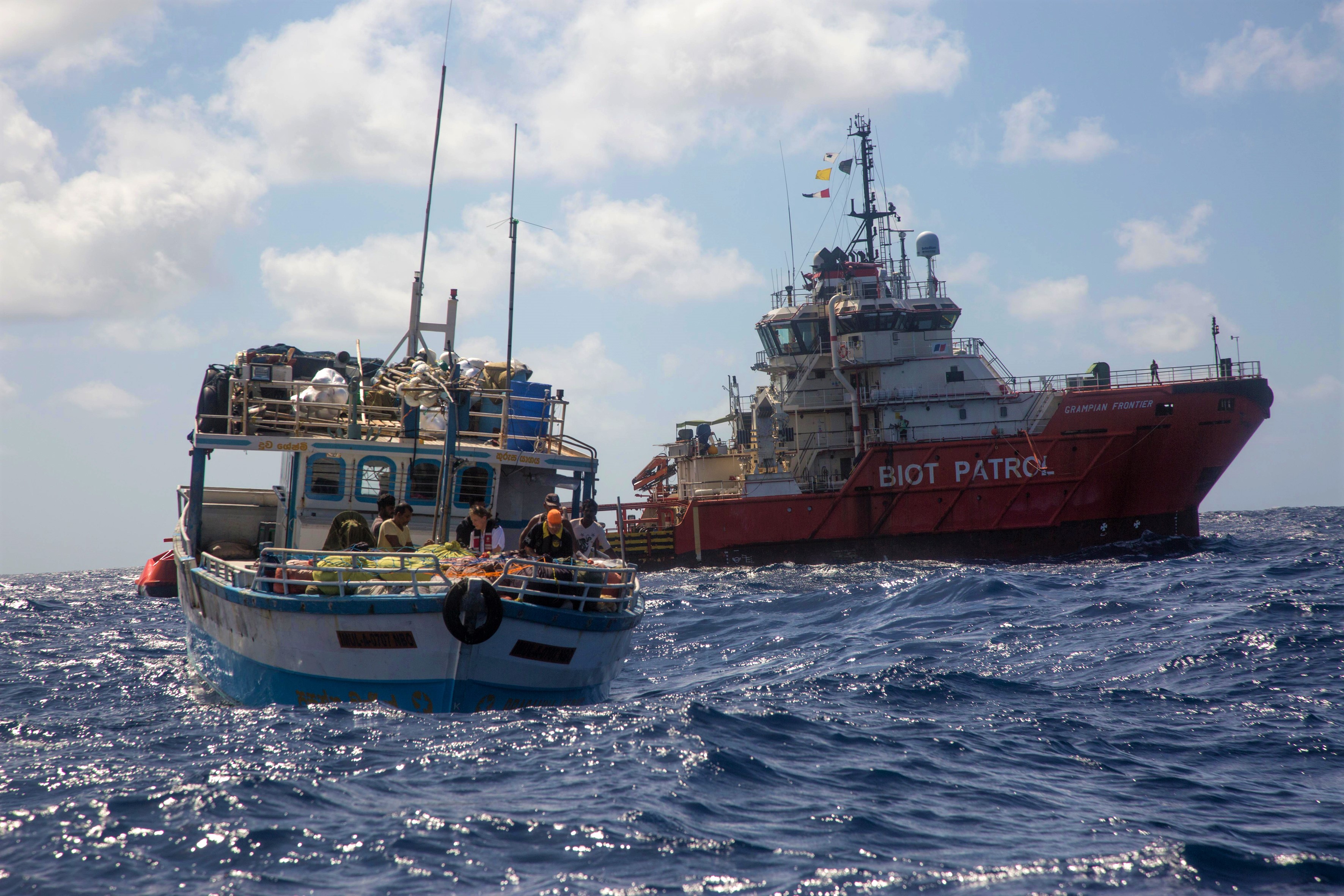
Leave a comment